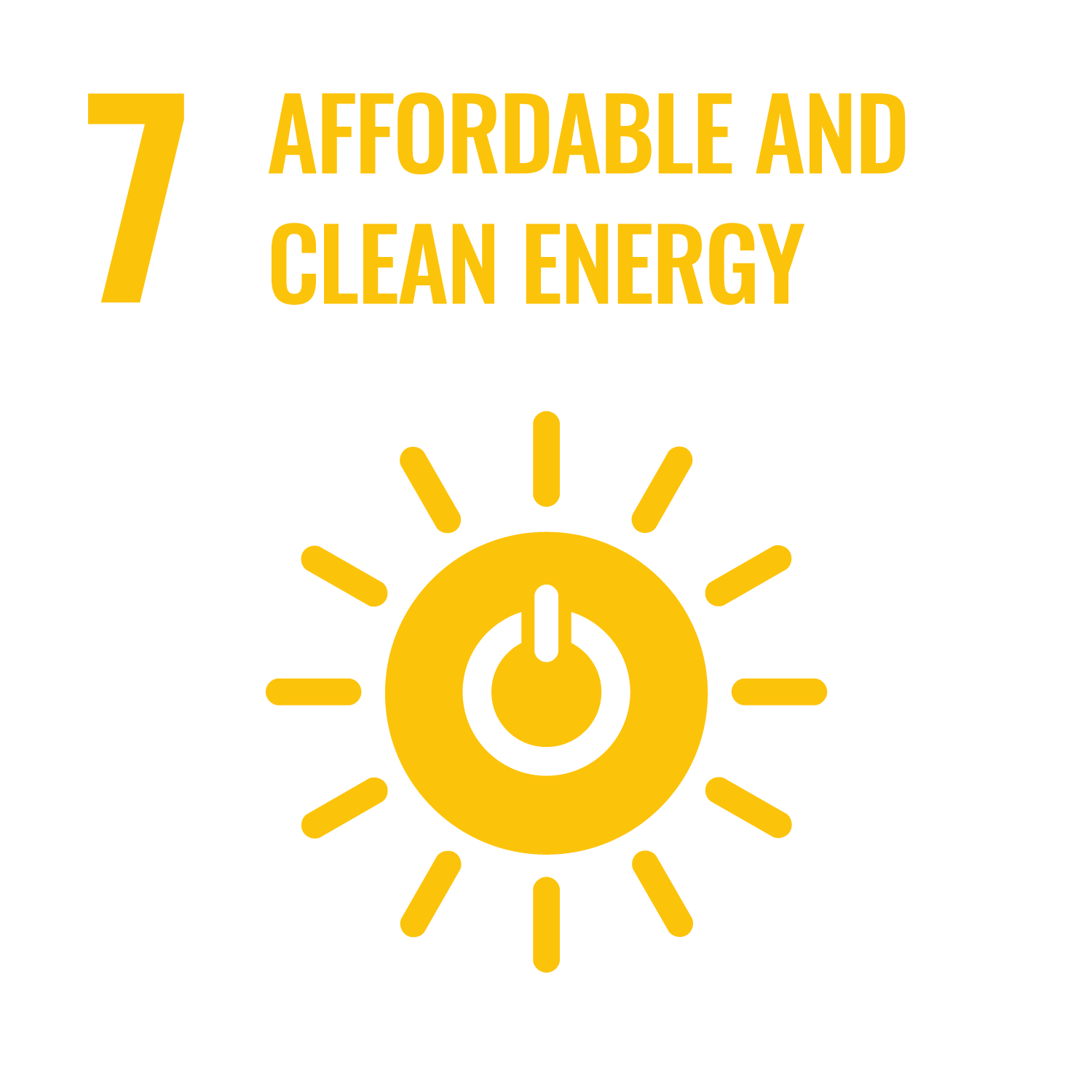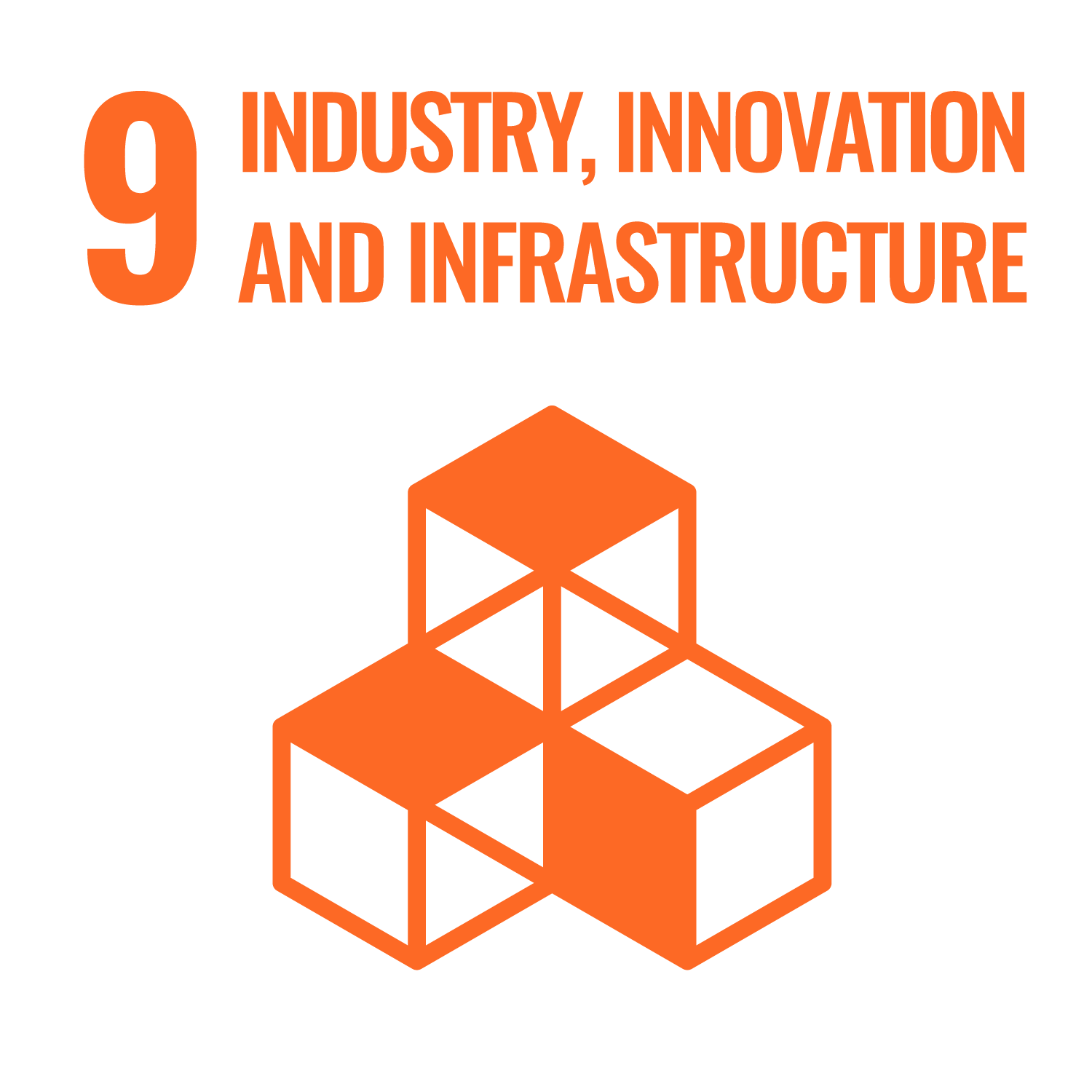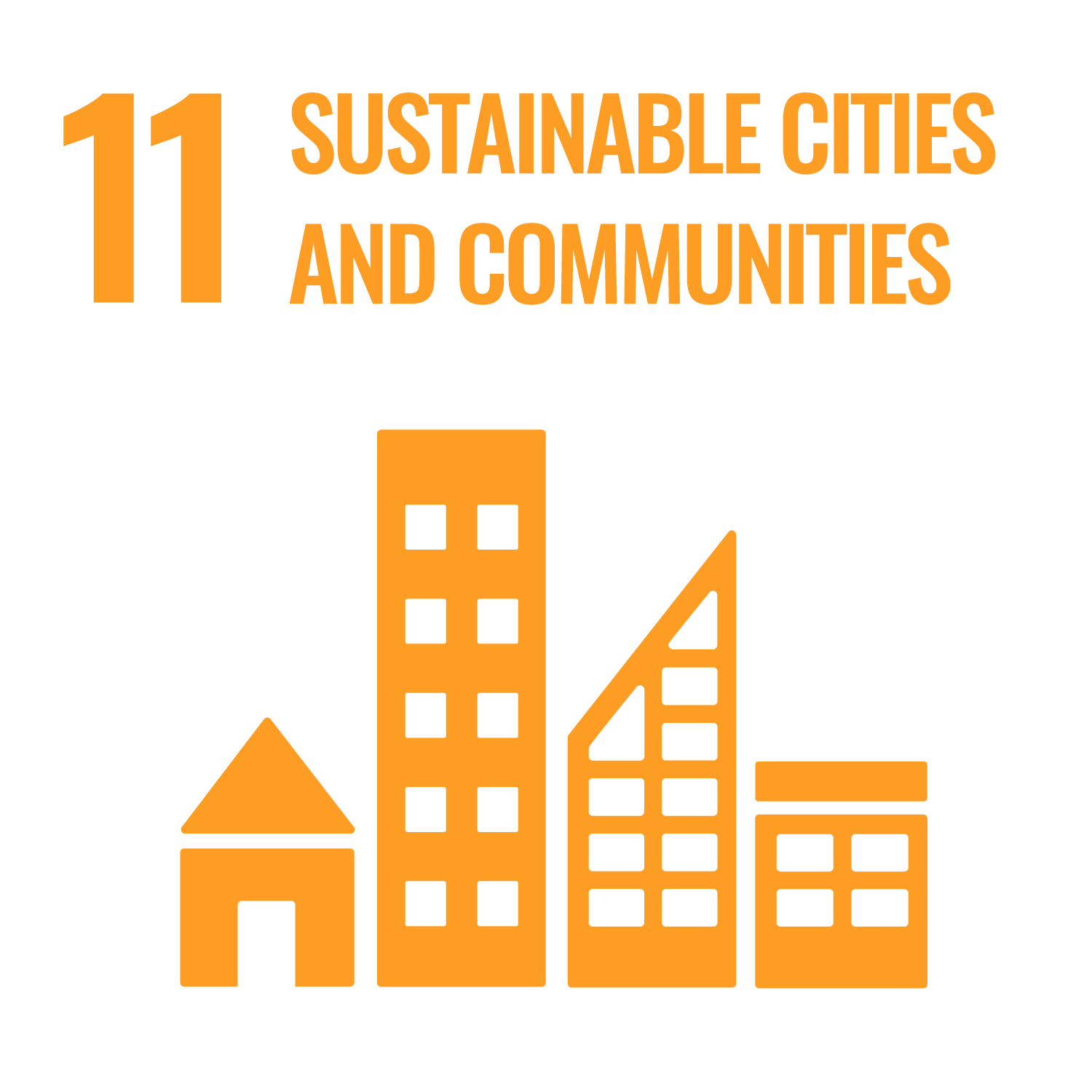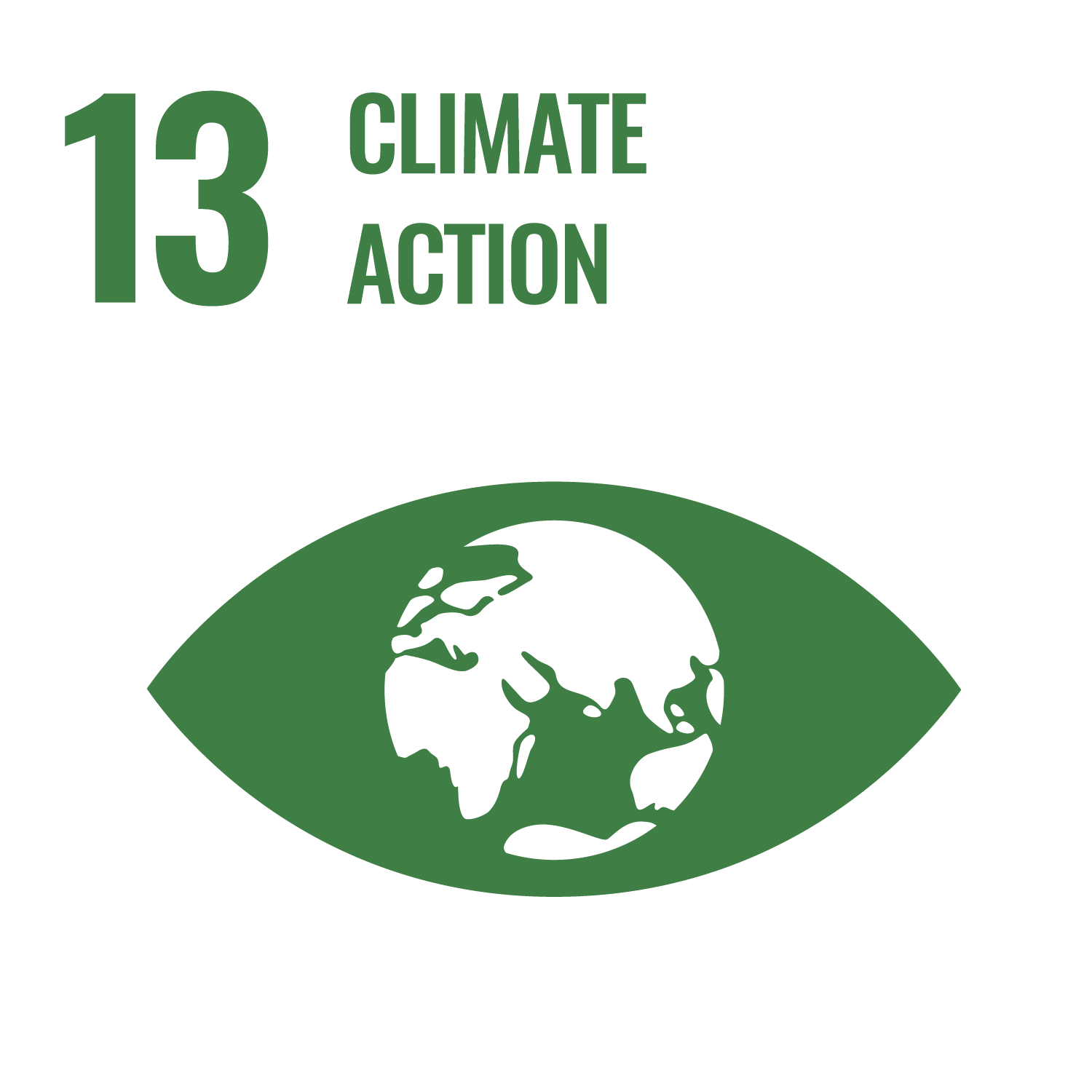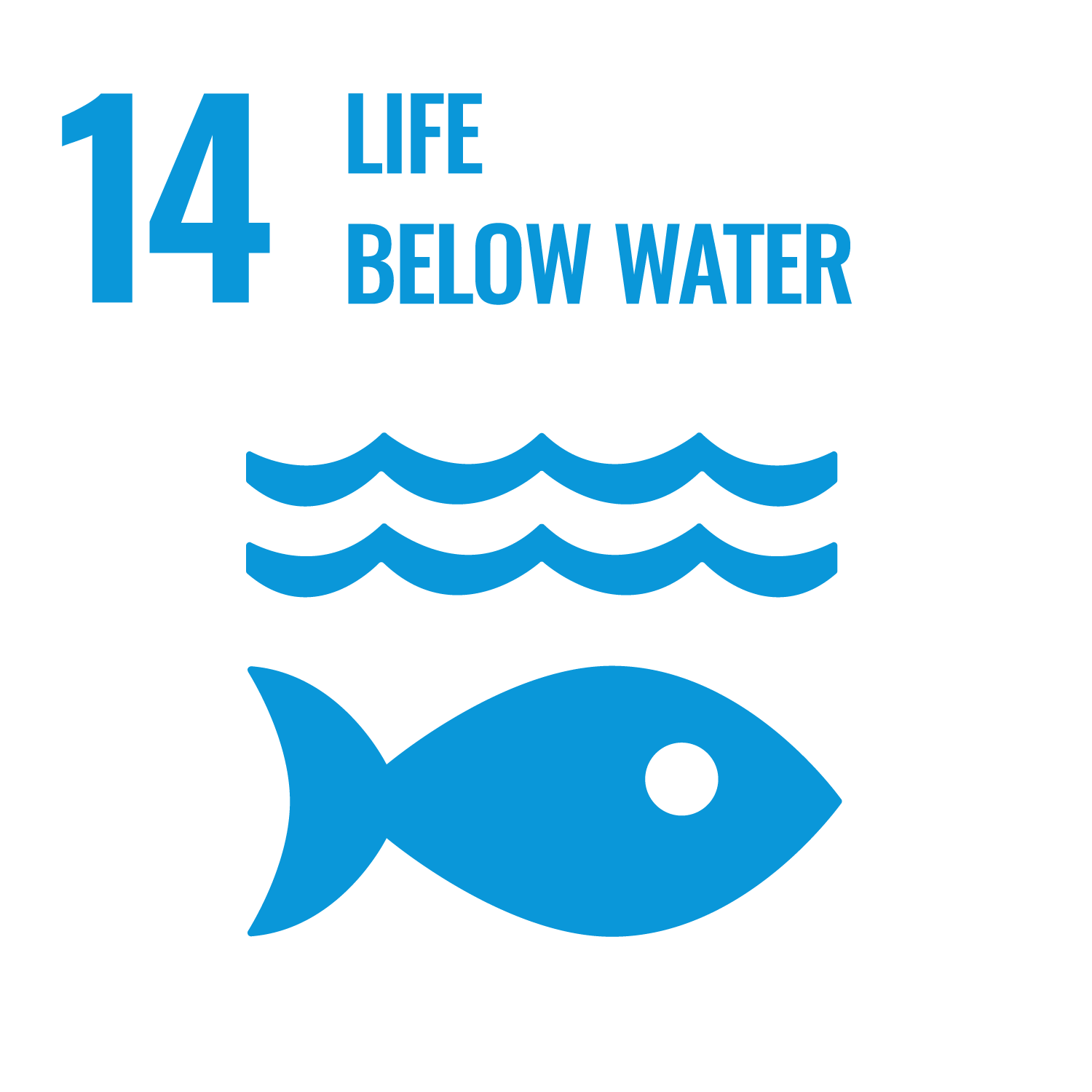Macquarie University NSW 2109
Net Zero University
What does Net Zero mean?
Achieving net zero means that any emissions produced are offset by actions that remove an equivalent amount of greenhouse gases.
What emissions targets has Macquarie University set?
Our ambitious targets under the Sustainability Strategy are:
- Scope 1 emissions net zero by 2025
- Scope 2 emissions net zero by 2024
- Scope 3 emissions – measure and set reduction target by 2026 in line with Science Based Targets Initiative (SBTi)
How much carbon does Macquarie University currently emit?
Total emissions for Macquarie University in the FY2024 Reporting year (tonnes carbon dioxide equivalent CO2-e):
- Scope 1 = 3,168 tonnes CO2e
- Scope 2 = 0 tonnes CO2e
Total Scope 1 + Scope 2 = 3,168 tonnes CO2e
National Greenhouse and Energy Reporting Scheme (NGERS)
2024 Corporation Group Report (includes all entities in the corporate group structure)
- Scope 1 = 3,868 tonnes CO2e*
- Scope 2 = 34,846 tonnes CO2e**
- Total Scope 1 + Scope 2 = 38,714 tonnes CO2e
- Total energy consumed = 262 terrajoules
* 700 tonnes CO2e Scope 1 emissions offset, however total emissions are required to be recorded for NGERs reporting purposes.
** Electricity supplied from renewable sources, however total emissions are required to be recorded for NGERs reporting purposes.
Carbon calculations have been made using the Emissions Factors from the National Greenhouse and Energy Reporting (Measurement) Determination, Schedule 1. A data quality assurance statement for energy and emissions figures has been issued by an independent validator through an external audit process.
What low carbon energy is used at Macquarie University?
In April 2020, Macquarie University signed a seven-year contract with Snowy Energy to switch to a 100% renewable electricity source for the Wallumattagal campus. The move has seen our total carbon emissions cut by 90% overall. This partnership is also creating new collaboration opportunities in sustainable energy research that benefits the wider community, including a research project investigating electric vehicle charging infrastructure.
In addition, our solar generating capacity has now risen to over 1 MW. Solar can be found on rooftops across campus and is helpful to reduce our maximum energy demand levels as well as supply low carbon energy.
What steps is Macquarie University taking to improve energy efficiency?
Our energy efficiency plan is designed to help reduce energy consumption and improve the overall efficiency of energy use on campus. Energy efficiency means using less energy to achieve the same outcome.
A variety of initiatives across campus to assist with energy efficiency include:
- Implementing energy efficiency targets for academic and administrative buildings
- Integrating efficiency measures into building maintenance schedules
- Improving operational sustainability monitoring and reporting coverage in real time
- Reviewing energy demand patterns to identify local/precinct opportunities
- Leveraging key partnerships with industry to implement ‘hybrid-district’ energy strategy
- Reviewing energy usage using billing data to identify areas where wastage occurs
What about Scope 3 emissions?
Macquarie University has publicly committed to address our Scope 3 emissions as part of the terms of our Sustainability Linked Loans, as well as under the Sustainability Strategy 2024-2030. Following some initial work undertaken in 2021, work is now underway to complete a more comprehensive inventory for 2022 and 2023. This will help us to develop a baseline for ongoing strategy development and emissions reductions. Under the Sustainability Strategy 2024-2030, we have committed to measure and set a reduction target by 2026 in line with the Science Based Targets Initiative.
